At its bleeding heart, the Green Seattle Partnership depends on the hard work of nearly 200 volunteer Forest Stewards who manage a section of a public natural area. Stewards remove invasive vegetation, manage community volunteers and install Pacific Northwest native plants. Identifying native and invasive species is an essential skill that new and seasoned volunteers must constantly practice.
Sure, many Seattleites know how to identify tall Oregon grape easily, but how does one describe to a newbie community volunteer what it looks like? And how does one explain the difference between invasive Holly and the native Oregon grape? This knowledge comes from experience and practice.
There are several approaches to improving one’s plant identification skills.
For most people, knowing plant parts and family characteristics is helpful when faced with an unknown plant. Unknown plants can be less daunting if one knows to look at leaf margins, leaf venation, and leaf arrangement. If we know plants in the Rose family have five petals and five sepals, there is less confusion when we stumble upon western Serviceberry. Recognizing ‘relatedness’ and having a reference key or smartphone app is the most common tactic used by experienced Stewards.
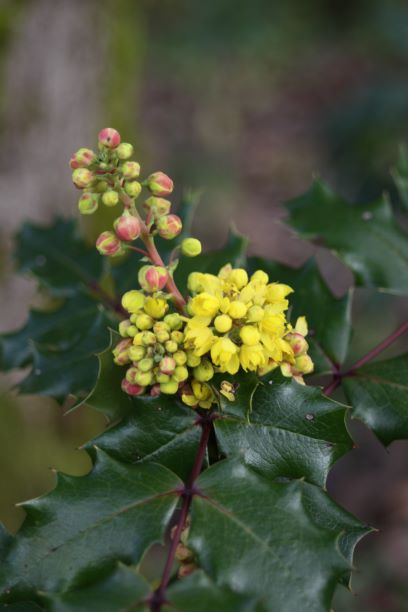
Suggested plant identification resources
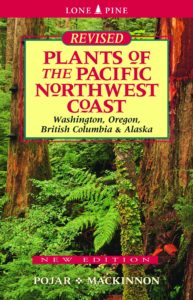 Using a dichotomous key is the classic path to identifying a plant. For the most dedicated, Flora of the Pacific Northwest is the go-to source. Carrying this large book around is cumbersome but can be worth it. The most common book among the general public is Pojar and McKenna’s Plants of the Pacific Northwest Coast. Recognizing an unknown plant’s likely family is required when narrowing down species using this book’s key.
Using a dichotomous key is the classic path to identifying a plant. For the most dedicated, Flora of the Pacific Northwest is the go-to source. Carrying this large book around is cumbersome but can be worth it. The most common book among the general public is Pojar and McKenna’s Plants of the Pacific Northwest Coast. Recognizing an unknown plant’s likely family is required when narrowing down species using this book’s key.
Several apps and websites now exist to aid identification. However, be weary when using online information. We find that the most successful plant IDs often are the result of a combination of print and online resources.
here are some of our favorite, reliable online plant ID guides.
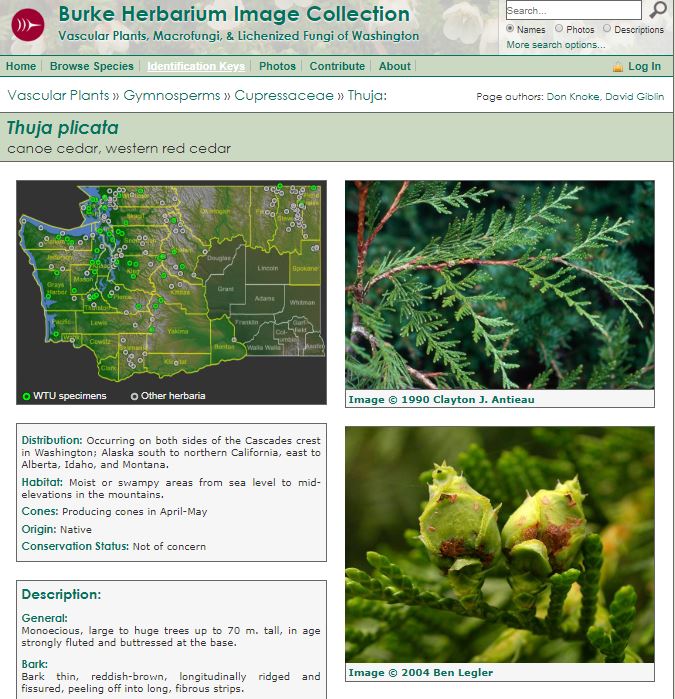
Practice practice practice
For some, the small details of plant identification are not as intuitive as taking a step back from the plant and seeing the specimen at it’s gestalt. What is it’s overall shape and color? What do you notice first about it? Are the branches zig-zag more than straight? Are the leaves larger than other similar bushes you know? Observing and acknowledging a characteristic that ‘jumps out at you’ can be a helpful tactic.
Additionally, drawing the plant in a field notebook helps cement the plant in the mind. And, using sight, smell, and touch can solidify a memory. For some, taking a photo and reviewing back at home or in the office can be just as helpful as drawing.
Becoming knowledgeable of Pacific Northwest vegetation often means trying out all these tactics to find the one that works. Having a mentor, inviting a knowledgeable Steward on a walk through the park, and maintaining a curious mind will increase learning exponentially.
How strong is your plant identification? Let’s practice using photos, key characteristics, and lesser known facts.
1. A thin stem supports these clustered, pink blooms. What is it? Click here to find out.
**Please note the large leaves in the background are from a different plant (bonus points if you know what this plant is from the leaves)
2. Unlike other native ferns, this fern produces spores on special modified leaves held upright above the vegetative leaves. The vegetative leaves have smooth margins. What is it? Click to find out.
3. The Lummi used the leaves of this plant for sore lips and feet, and its bark is surprisingly durable. The creamy white flower clusters provide shelter for a long list of insects. Humans value it for its rustic winter beauty. What is it? Click to find out!
4. What do you notice about this yellow petaled plant? What do you think it is? Click here to find out.
5. This plant grows to about a foot tall. It has unusual reproductive habits. It grows plantlets from the petiole near the base of each leaf. The plantlets (sometimes called ‘daughters’) drop off, fall in the soil, and take root there. It can also reproduce by rhizomes and by seeds. Click to know more.
Want more practice?
If you are a Green Seattle Forest Steward or ‘Dedicated Volunteer’ check out the available trainings to keep your plant identification and technical skills sharp. For those who want to practice plant identification for continuing education or private property projects, several local organizations offer classes. Consider classes and events through Seattle Parks and Recreation, Tilth Alliance, Washington Native Plant Society, or UW Botanic Gardens.

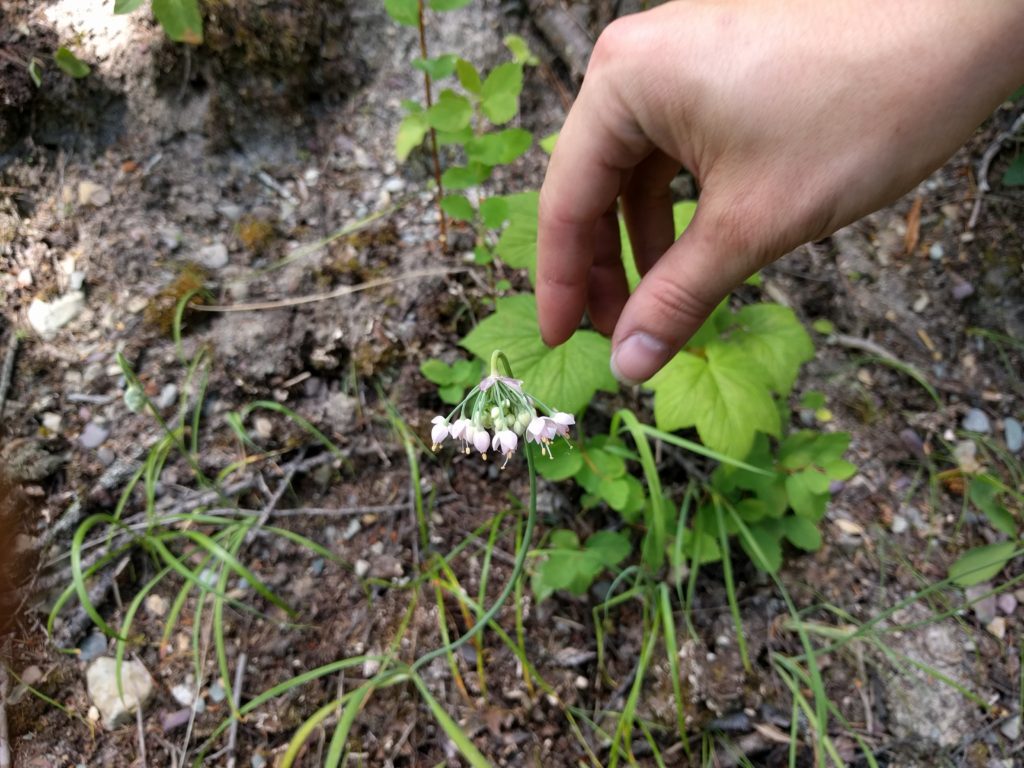
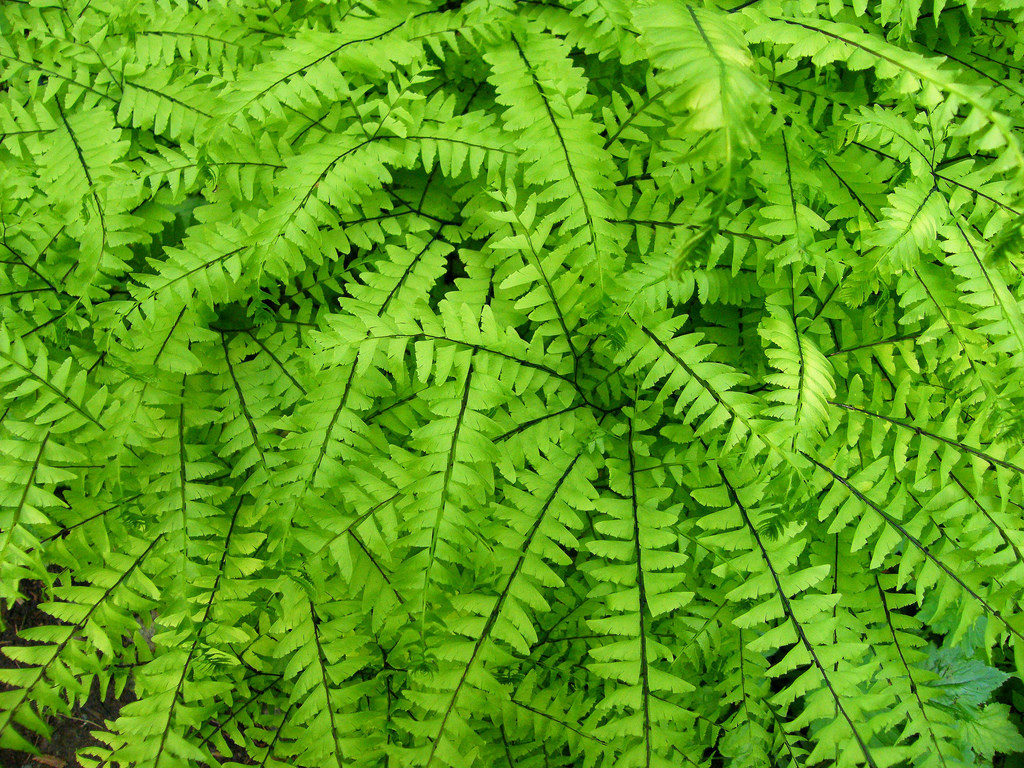
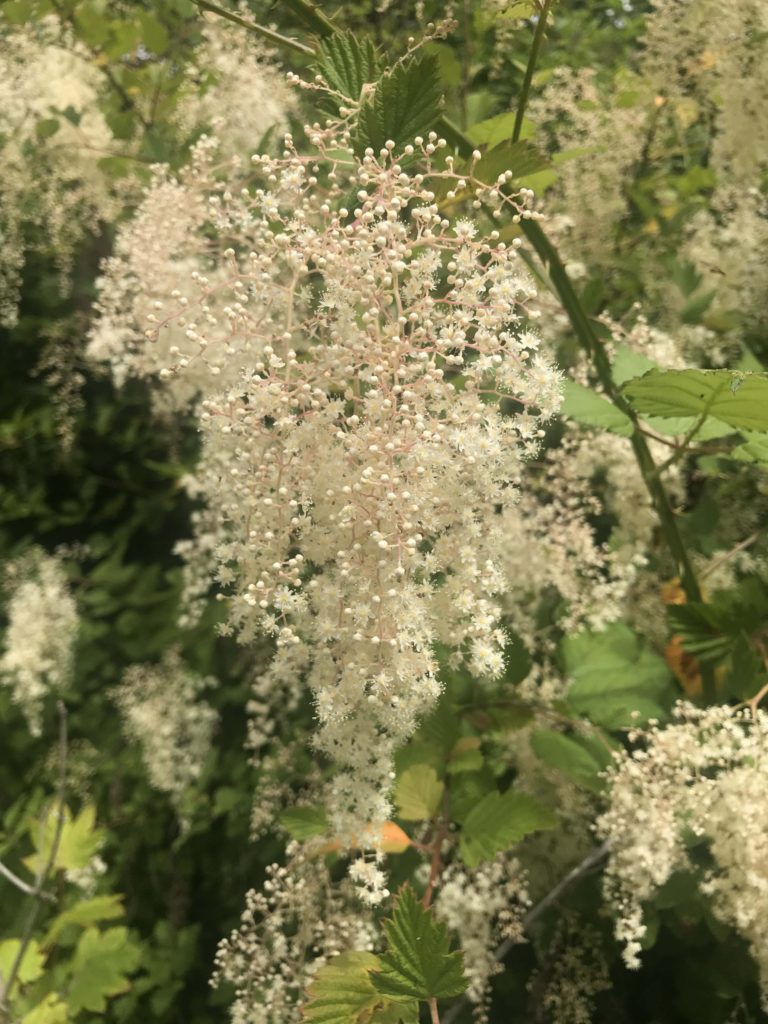
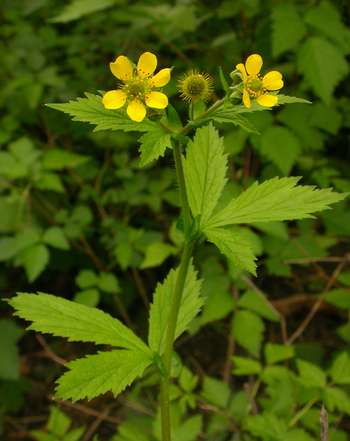
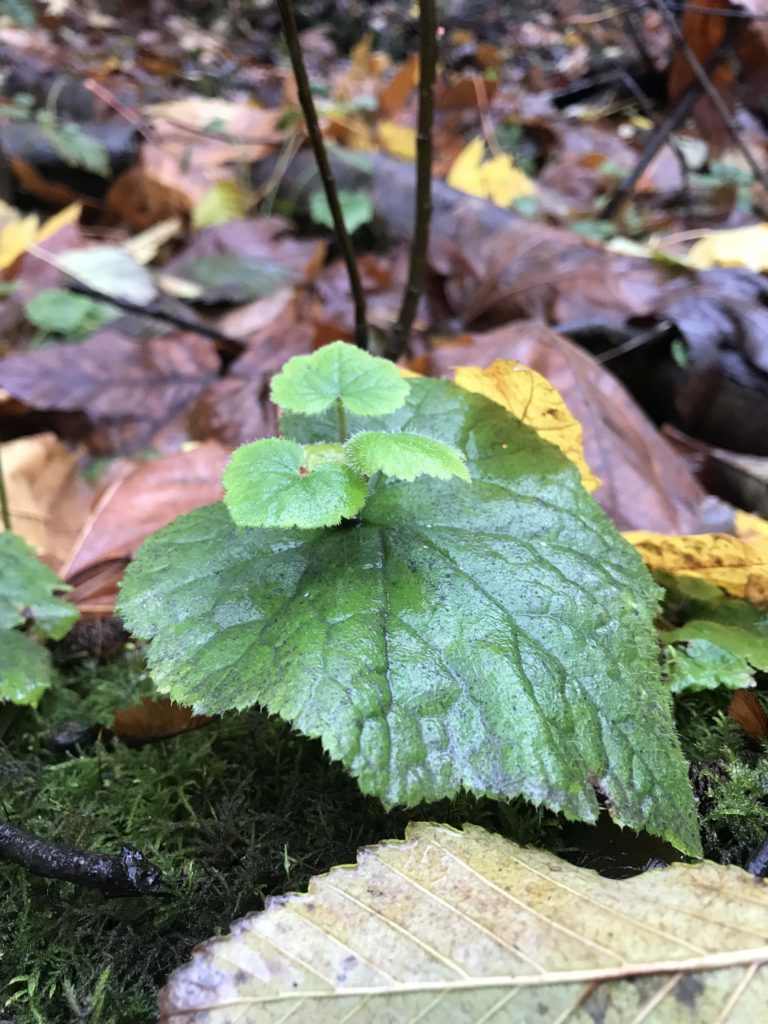
The link to the last plant ID is broken. Could you fix it so I can use it with my students? Thank you!
Hi there,
The link should be fixed now. Let us know if you continue to have problems. Thanks for sharing with your students!
Hi Links to 1/3/5 are broken. Would love to use this for remote teaching.
Hello Wendy! Thank you for bringing this to our attention, unfortunately some links eventually break from other webpages being taken down. All the links have been updated and should be functional, feel free to let us know if something doesn’t work!!